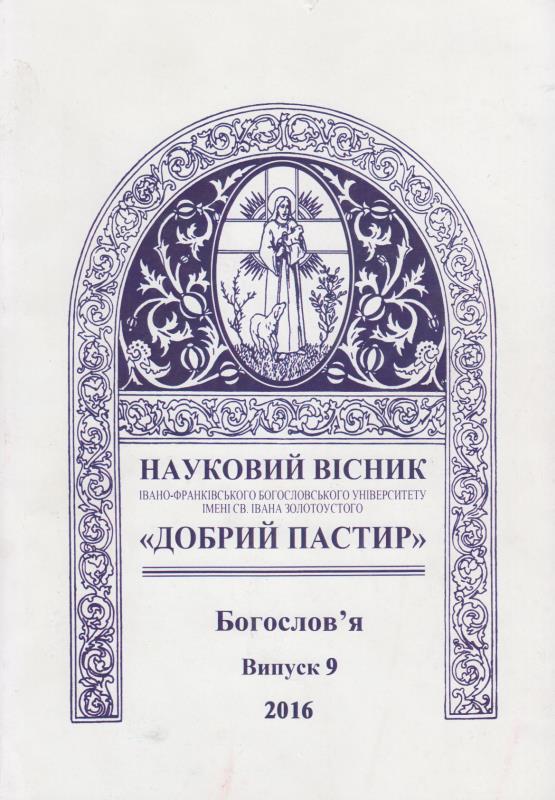The Lviv union in 1946 in antiunion policy of soviet totalitarian regime
Keywords:
antiunion policy, Greek-Catholic faithful, the Lviv Union, organs of the National Committee of Internal Affairs - the National Committee of State Security, repressions, Ukrainian Greek-Catholic ChurchAbstract
The thesis is a complex historic research in which on the basis of involving a wide range of archives and published sources is made system analysis of antiunion activity of soviet authority organs and organs of national security, directed to the abolishment of Ukrainian Greek Catholic Church (UGCC) on the territory of West Ukraine during 1939-1949.
The defines character, peculiarities and main tendencies of soviet state policy towards UGCC during the period under investigation, concerning statements of soviet researchers about its antinational activity during WWII. The attempts and events of the church authority directed to preserving of independent church organization under the conditions of reign of two totalitarian regimes are shown.
It is proved that the aim of abolishment of UGCC was the wish of soviet authority to abolish national religious structure which remained the spiritual heart of millions of Ukrainians and with its activity prevented the formation of communist regime on the Western Ukrainian lands. In the struggle against Greek-Catholic they used a wide arsenal of ideological, repressive and administrative methods. The main role in the realization of communist authority plans played national security organs which prepared the plan of abolishing of the church, fulfilled all practical job in terms of its realization. All the activity of soviet
structure had a determined antiunion character that had a defined political line of communist authority directed to the struggle against religion on the whole and Vatican in particular.
The process of abolishment of the church had different forms but its efficiency generally depended on the level of repressive violent acts of soviet special organs. For the generalization of punitive actions the authority used open forged and ideological accusation of the church of the cooperation with the Nazi, provocations and blackmail towards the Greek-Catholic priests and monks. Arrests of the higher authority of UGCC in spring 1945 demonstrated cynicism of the soviet regime concerning civil rights of the Greek-Catholic clergy and readiness to achieve the necessary result at any cost. The declared abolishment of the Brest Union and "directing" of Greek-Catholic people to orthodox belief with the help of manipulation of the initiative group was fully controlled and worked out by the organs of the National Committee of State Security and accompanied by constant administrative and repressive pressure on the clergy and the faithful. Transference to Orthodox religion Greek-Catholic communities was done with administrative - forced methods. Such brutal acts influenced the strained political and religious situation in western regions of the USSR, strengthening of military resistance from the side of the Ukrainian Nationalists Organization and the Ukrainian Rising Rebellion Army.
The Lviv Union in 1946 became one of culmination episodes of the process of the abolishment of UGCC but it couldn't provide definite turn of the Greek-Catholic clergy and the faithful to Orthodox religion. The attempts to give churchcanonic legacy failed. In the work you can see rupture of the union and the process of "reunion" with Russian Orthodox Church, repressive mechanisms of the state influence on hierarchy, priests and the faithful of UGCC, sacrificial readiness of the Greek-Catholic clergy of Galychyna and Transcarpathia to stand for their belief in spite of official policy of the Soviet regime.




